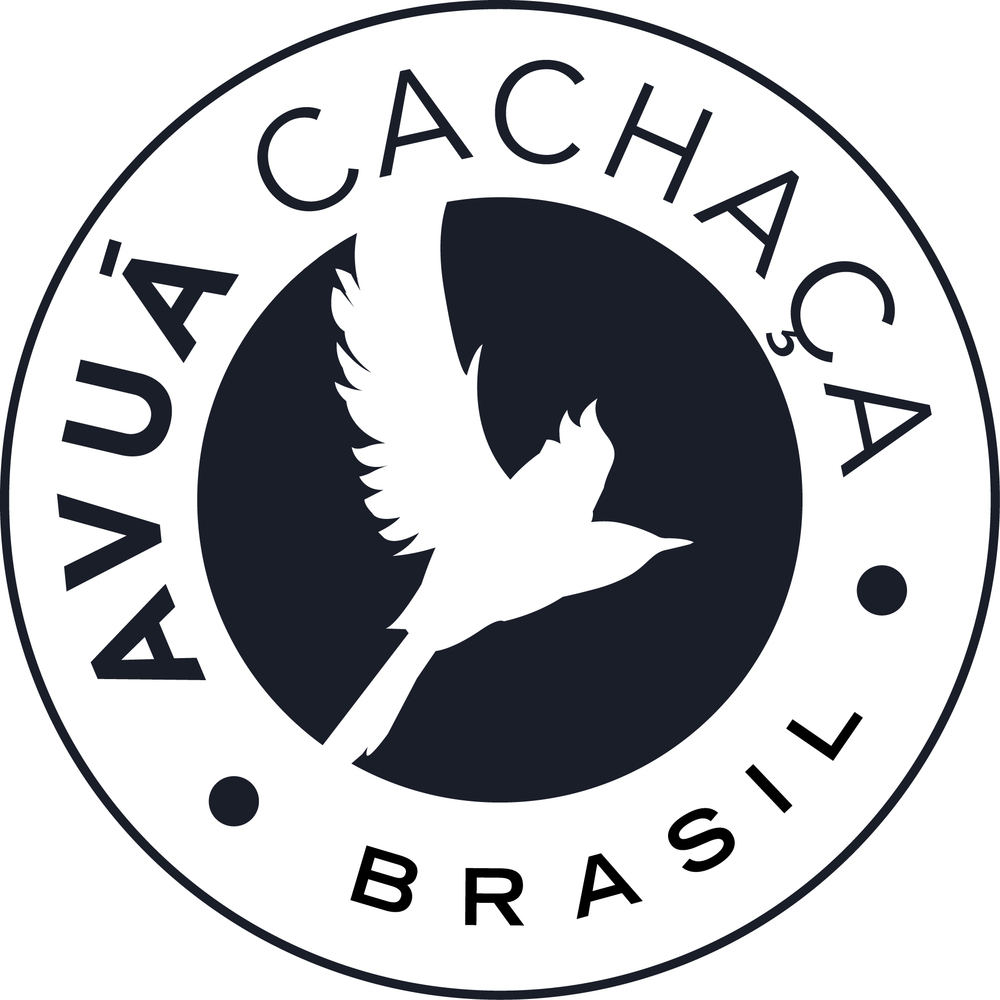WHAT IS CACHAÇA?
Cachaça is a spirit with almost five hundred years of history, distilling and blending the three great trends in Brazilian culture: Indian, African, and Portuguese. It is a distilled spirit made from fresh sugarcane juice and can be made in any part of Brazil. There are two types of cachaça, artisanal and industrial. In Brazil, these cachaças are perceived very differently – industrial cachaca being like a cheap vodka and artisanal cachaca being a product for connoisseurs. While there are a number of differences, the basic distinction is the use of column stills (industrial) and pot stills (artisanal).
Industrial cachaças are similar to cheap aguardientes, and are principally used by the poor people in the favelas, or Brazilian slums mostly populated by ex-slaves from the NE part of Brazil immigrating to the richer south. They are generally produced in very high volume column stills, often used for the production of sugarcane-based ethanol for cars and trucks and often have oily or greasy flavors, and retail in Brazil for about $1.50. These include large numbers of the cachaças available in the U.S. Cachaça is the third-most consumed spirit in the world, with about 7,000 artisanal distillers within Brazil creating a very wide variety of artisanal products.
In contrast, artisanal cachaças are highly controlled, delicate distillations within pot stills, fermented using more delicate and/or local wild yeast strains and the rarest forms can retail in Brazil for up to $500 USD, particularly the rare Minas Gerais cachaças.
It is defined under Brazilian law as a beverage with an alcohol content of between 38-54% by volume made from the distillation of fresh sugarcane juice. The sugarcane juice must be fermented in general in less than 24 hours than pressing. Distillers may add sugar to the spirit at up to 6 gram per liter, and any more than that must be labeled as cachaça dulce, or “sweet cachaça”.
HISTORY OF CACHAÇA
Cachaça is a people’s spirit and its history is inextricably tied to the history of slavery in Brazil, just as bourbon’s history is inextricably tied to the history of poor Scotch-Irish immigrants to the hills of Kentucky and Tennessee. Industrial cachaça has many names, many of them funny or derogatory. It has been made since the 1500s, which means that cachaça is older than rum, which began production in the 1600s.
As the Portuguese owners discovered the cachaça that sugarcane juice fermented, they imported their own stills. As Portugal had inherited its traditions from the Arabic Ummayyad history of the Iberian Peninsula, they use cognac style stills in order to distill the garapa, or mashbill. The use of pot stills, combined with talented distillers, caused the creation of a personal industry.
The history of cachaça is a history of agricultural landowners. The plantation owners would utilize stills to create a bourgeois product for their consumption, and even today you see engineers or other educated landowners retiring to produce cachaça on the family farm.
As Brazilian immigration peaked and a number of Italians, Lebanese, French and Germans entered Brazil, they began to purchase land and implemented their own distilling traditions. Most of this immigration occurred – as in North America – in the late 19th and early 20th centuries, and at that time, there was an increase in the number and quality of traditional cachaça brands and production heritages, much of which date from the early 1900s or 1920s like the producers of Avuá. Many of these traditions elevated the production of cachaça just as Avuá and other brands are elevating the way cachaça is communicated.
